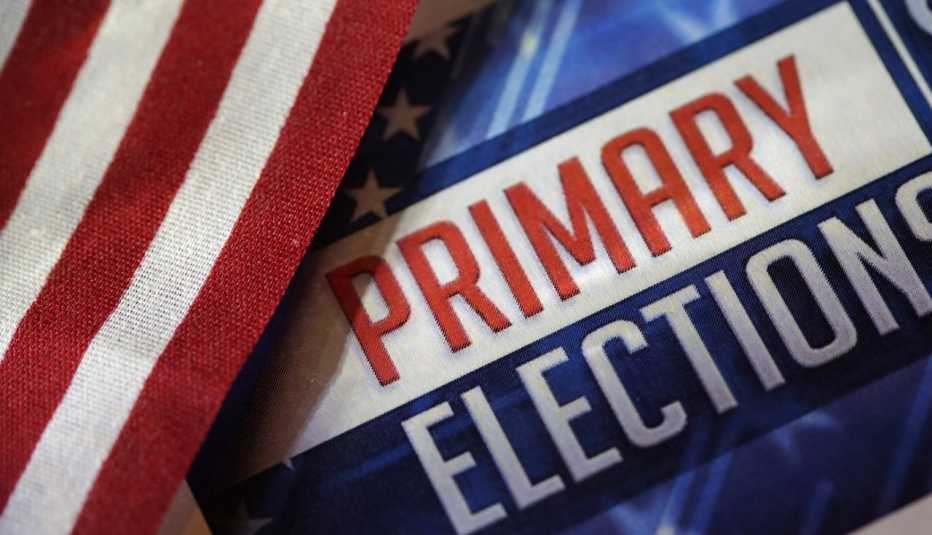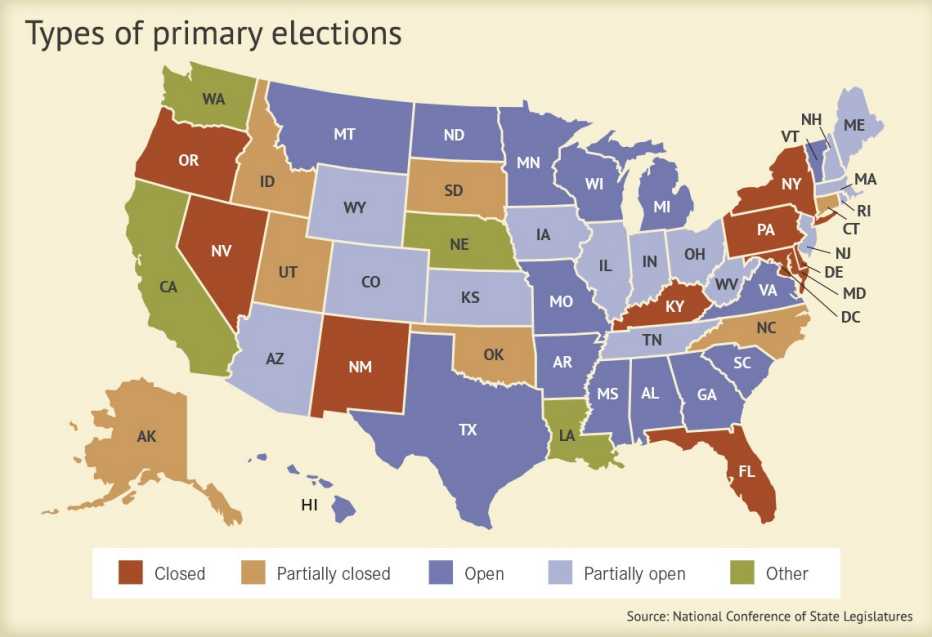AARP Hearing Center


Voting in the nation's presidential primaries and caucuses begins Feb. 3 and runs through June.
The rules can be complicated, so it pays to know the voting requirements before you head to the polls. Are you eligible to cast a primary ballot? Do you need to register in advance? What kind of identification, if any, is required? You'll find the answers here.
But first, note that the biggest change in the presidential preference contests this year from 2016 is that fewer and fewer states are caucusing. Unlike a conventional primary, in which each voter simply casts a ballot, a caucus is a simultaneous gathering of voters who meet to select their preference.
This year both parties will hold caucuses only in Iowa and Wyoming. And just Democrats will caucus in Nevada and North Dakota; Republicans will hold a primary. In Hawaii and Kentucky, Republicans will caucus, and Democrats will hold a primary. Since 2016, 11 states have moved from caucusing to holding primaries. Find the date of your state's primary or caucus.
Can I vote in a primary?


The rules that determine who can vote in primaries vary widely by state. Most primaries fall under one of these systems.
Closed: Only voters registered with the party holding the primary can vote. The deadline for affiliating with a party varies by state.
Partially closed: Political parties can decide before each election whether voters not registered with any party (often called unaffiliated voters) may participate in their nominating contest. Under this system, Democrats could allow independents to vote while still excluding Republicans.
Open: Voters may cast a ballot in either party's primary without registering with that party or publicly declaring which ballot they want.
Partially open: Under this system, states allow voters to cast a ballot with either party — but they must ask for a party's ballot publicly. Some states allow unaffiliated voters to vote in either primary but don't let members of one party cross over and vote in the opposing party's contest.
Other: A few states have set up more unusual primary systems. In California, Washington and Louisiana, there's one primary ballot and the top two winners, regardless of party, go on to the general election. In California that often leads to two Democrats facing off in the general election. Nebraska also uses this system but only for its state elections.
To find details of the rules in your state, contact your local or state election office. Find contact information at usa.gov/election-office.
How do I register to vote?


Registration deadlines and rules vary by state. In 37 states and the District of Columbia, you can register online. In 21 states and D.C., you can register to vote and cast your ballot on the same day; if you wish to do this, be prepared to present proof of where you live (such as a driver's license or ID card). In some states you may use a paycheck or utility bill with your address on it as proof of residency. Certain states will also require same-day registrants to sign an affidavit or swear an oath that they are eligible to vote and haven't already voted.
The “motor voter” law requires states to let people register at motor vehicle offices. According to the National Conference of State Legislatures, each year about a third of all voter-registration applications are made via a motor vehicle office.



































































More on Government and Elections
Get Yourself Ready for the 2020 Election
Expect rough-and-tumble campaigns in which issues take a back seat and social media dominatesExclusive Poll: Women 50 and Older Could Decide the 2020 Election
Almost all plan to vote and a wide majority are still undecidedGovernment and Election News for Older Americans
AARP is holding politicians accountable on issues like Medicare, Social Security, prescription drugs and long-term care.